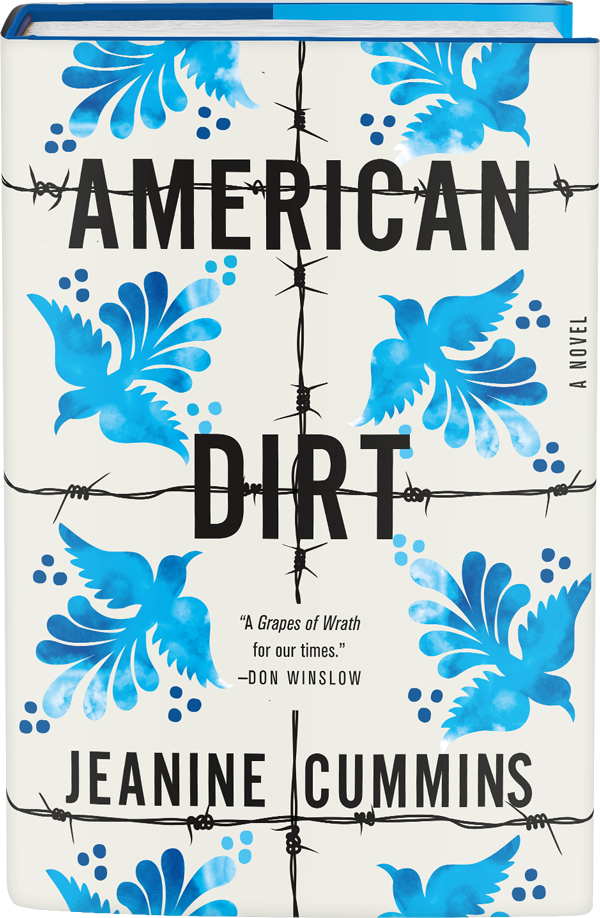Saralyn Richard
writes murder mysteries with a twist. A
Palette for Love and Murder, like the novels of my favorite mystery writer,
Louise Penny, emphasizes finding the good behind the evil. Penny cites Leonard
Cohen’s words “There’s a crack in everything, that’s how the light gets in.” The
first pages of A Palette for Love and
Murder with their emphasis on the inner life of Detective Oliver Parrott
and his wife show that this will be a novel that looks for light even in the
midst of horrific acts of evil.
Most mysteries don’t open with lines like
these:
"Marriage had turned out to be more. More than taking vows and sipping champagne. More than a romantic cruise to exotic islands. More than sleeping in the warmth of a lover’s embrace. Tonight, Detective Oliver Parrott had another two a.m. wake-up
call, but not the kind from the West Brandywine Police Station. His first thought had been of the stolen paintings he was investigating, but the punch in the kidneys had come from Parrott’s own true love.
“No-o-oh, oh, no,” Tonya yelled, as
she thrashed about in the bed next to him.”
Later after
trying to console and help Tonya, Oliver suggests that Tonya voice her fears
and she responds, “Some very bad things happened when I was in Afghanistan,
Ollie.” Her fingers drew a pattern onto his bare chest. “Some things I could
never tell you about.”
Oliver Parrott
might wish he could spend his days helping his wife Tonya, a former Navy helicopter
pilot, overcome her demons, but just as he did in Richard’s first novel, Murder in the One Percent, Oliver needs to solve a case. He’s a detective in a very wealthy, rural area, the Brandywine
Valley, and the residents there expect crimes to be solved quickly. When
paintings by nationally known local painter, Blake Allmond, are stolen, Parrott must be careful as he tries to determine what kind of person would steal
art that would be almost impossible to sell.
As clues begin
to emerge, Allmond is found violently murdered in his apartment in New York
City. Blake Allmond’s life hid several dark secrets that might have an impact
on why he died and on whether the art theft was connected to his death. Oliver
Parrott has the inside track on finding the murderer, but the New York City
police have little use for a small-town detective.
The pace of
this mystery never lets up, yet the depth of the characters remains a clear focus.
The fact that Oliver is an African-American working in a largely white, wealthy
community is expertly plumbed yet is never used stereotypically or to make
points. Oliver Parrott is a good, caring man readers will love following.
Richard’s first novel was a delightful dive into evil among the privileged and
powerful. In A Palette for Love and
Murder, Richard’s prose is more nuanced, her characters are more complex,
and Detective Parrott faces bigger challenges, yet her emphasis is still on
telling a captivating story.
Summing it Up: Don’t
take my word for it, William Kent Krueger, one of today’s finest mystery
writers, calls it a winner and this reader agrees. If you’re looking for a page-turner with complicated characters, challenging ethical questions, and a
clever mystery, read A Palette for Love
and Murder.
Rating:
5 stars
Category:
Fiction, Five Stars, Grandma’s Pot Roast, Chinese Carryout, Soul Food, Book Club
Publication
date: February 15, 2020
Author
Website: http://www.saralynrichard.com/index.html
Interview
with the Author: The Big Thrill: http://www.thebigthrill.org/2020/01/a-palette-for-love-and-murder-by-saralyn-richard/?fbclid=IwAR2cB8w3rijCd3pzRTlrZYULOdGLyVYCgDDd6ZsMK4uvfMdcS8qwqpN67nY
What
Others are Saying:
“In the
Brandywine Valley, a delicate balance exists between the very wealthy and those
who serve them, but the murder of a famous artist threatens this tenuous
equilibrium. In her second outing featuring Detective Oliver Parrott, Saralyn
Richard offers readers a compelling story of worlds in collision. A Palette For Love and Murder
probes more than the mysteries of the art world and the motives for murder.
Satisfied readers will discover that it also delicately plumbs the depths of
love and the human heart. Another winner for Richard.” -- William Kent Krueger,
author of This Tender Land
“Richard’s writing style is perfect for this genre. Her story lines are
detailed and logical but still warm and exciting….Her characters are well
developed and endearing….I hope there will be many more books in this
series.”--Killer Nashville.com

